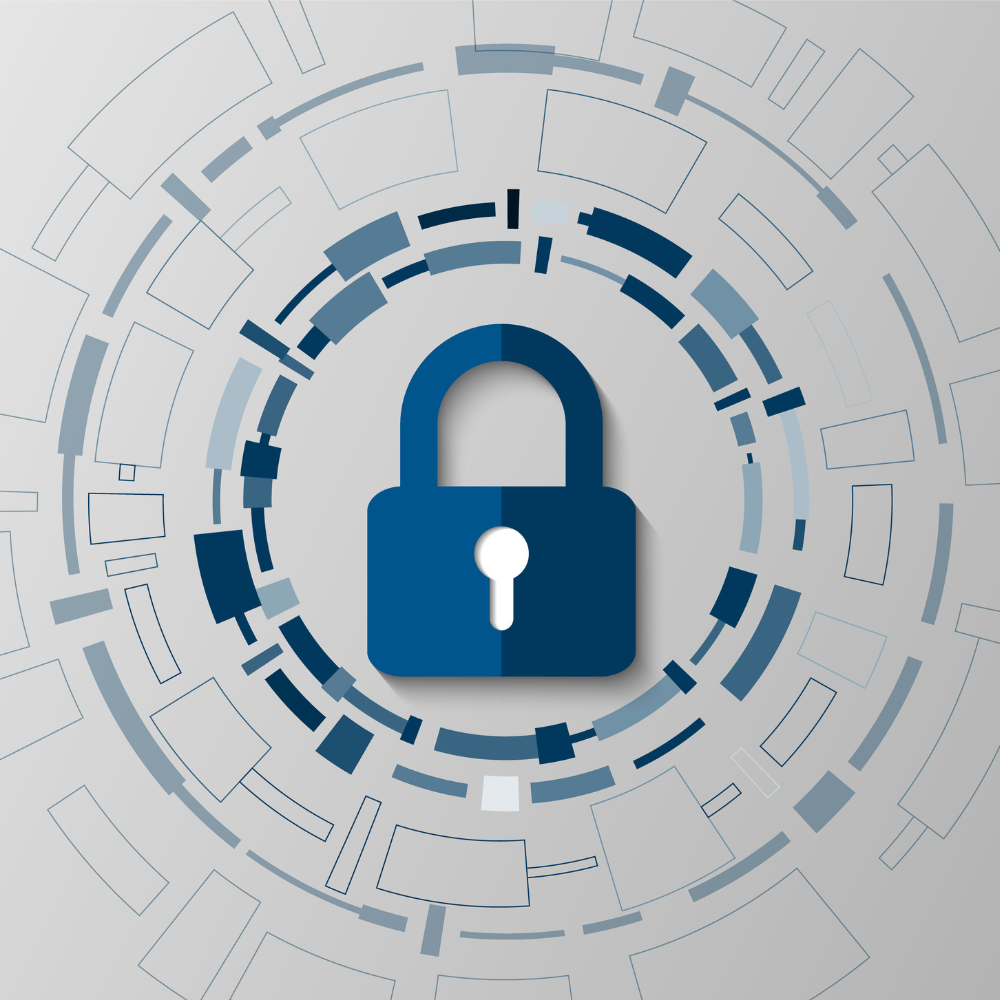
Cybersecurity is a never-ending job. Hackers and other bad actors are always adapting their tactics in order to overcome the latest security measures. Businesses, in turn, must update their cybersecurity practices to counter new threats. The cycle continues again and again. Ransomware has grown into one of the most significant cybersecurity threats for businesses all over the world. The Cybersecurity & Infrastructure Security Agency (CISA), part of the U.S. Department of Homeland Security, reported a significant increase in ransomware attacks in 2021.
The best way to deal with a ransomware attack is to keep it from happening in the first place as the cost of recovering from an attack is often much greater than the cost of preventing it. Here are six tips that can help you keep your business and its data safe from cyberattacks in 2023.
-
Keep all systems and software updated
One of the simplest and least expensive ways that your business can protect itself from ransomware and other cyberattacks is to apply updates to all software and operating systems as soon as they become available. Software developers are constantly monitoring their products for security flaws and vulnerabilities. Updates often include patches intended to address those issues. By applying updates in a timely manner, you can make sure that your computer systems are protected against many or most known threats.
-
Training for all staff
Vulnerabilities in software code are only one way for cybercriminals to target businesses. Taking advantage of human vulnerability has long been their most successful tactic. A cybercriminal might not be likely to take the time to hack through complex security software when they could talk an employee into giving them access instead. Phishing scams, in which a cybercriminal solicits information in a way that looks official and trustworthy, are among the most common methods used to gain access. Therefore, cybersecurity training is critical for all employees and anyone else who has access to your business’s data.
-
Two-factor or multifactor authentication
Cybercriminals may try to gain access to your company’s system by hijacking an employee’s account. Requiring two-factor or multifactor authentication prevents many attempted hijackings. Any login attempt involves multiple steps, often spread across two or more devices. If someone tries to log in from an unfamiliar computer or mobile device, the user will receive a notification asking for verification of the login attempt.
-
Whitelisting for all applications
Many computer users assume that an application is trustworthy unless they see evidence to the contrary. Untrustworthy software might end up on a blacklist, blocked from their devices. The CISA recommends taking the opposite approach, in which users and businesses assume that software is untrustworthy until proven otherwise.
The CISA’s Zero Trust Maturity Model blocks any access to a business’s digital resources without proper authentication. It only allows access to a system on a per-session basis. In other words, no one can stay logged in when they are not using the system. They must go through the multifactor authentication process every time they log back in. If this seems cumbersome to any of your employees, tell them to blame the cybercriminals for making it necessary.
-
Firewalls
A firewall is an important line of defense against hackers who exploit software vulnerabilities. Hackers never stop probing for weaknesses, and when they find a business they believe is vulnerable, they might not stop until they find an opening in the firewall. Making sure that the firewall is up-to-date and in good working order is essential. Remote work makes this even more critical since computer systems must be configured to allow remote access.
-
Continuous monitoring of risks and intrusions
All the cybersecurity software and training in the world can only decrease the risk of ransomware attacks or other breaches. Your business needs to be able to respond to any possible attack in real time. Endpoint software can handle part of this function, such as by alerting you to possible intrusions. You need human cybersecurity professionals who can manage the response. This could be IT staff who work directly for your business, or it could be a third-party contractor that specializes in detecting and responding to cybersecurity breaches.
Corrigan Krause is a Business Owner’s Partner
Our proactive and comprehensive approach to servicing and managing our clients’ business needs allows us to stay ahead of changing regulations and fluctuating cycles you may experience. By building a strong relationship with our clients, holding quarterly planning meetings and immersing ourselves in your operations and goals, Corrigan Krause is in the unique position to uncover opportunities for you and to recommend a comprehensive package of services that benefit you in the long run. For information on becoming a Corrigan Krause client, email info@corrigankrause.com.

